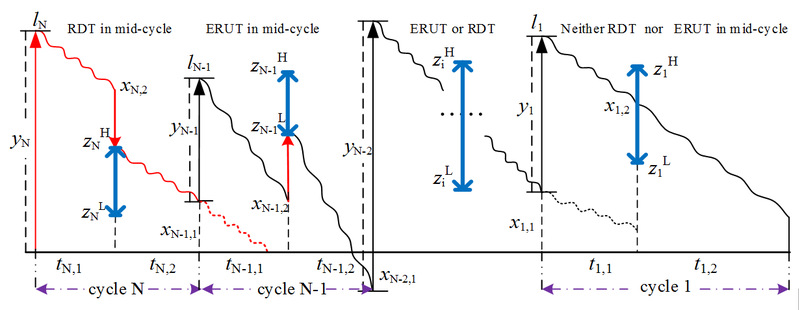Managing the inventory of perishable healthcare products, such as pharmaceuticals, surgical supplies, and blood products, is challenging. This research uses a stochastic dynamic programming to model the N-cycle periodic-review platelet inventory problem. The work is recently published in Production and Operations Management (POM), one of the top 24 leading business journals (UTD24). POM covers all topics in product and process design, operations, and supply chain management. Abstract is copied below.
Motivated by the need of small and medium-sized hospitals to improve their platelet inventory management and achieve best practices, we consider an inventory system for a perishable product with 3-period shelf-life over a finite horizon. In the system, the regular replenishment in each cycle is supplemented by an inventory adjustment opportunity in mid-cycle involving expedited orders and returns. We show that optimal regular replenishment policy is an (s, S, S(x)) policy. Namely, if the initial net inventory x is below the threshold s, it is optimal to place a regular order to raise the inventory to a state-independent target S; otherwise, raise the inventory to a state-dependent target S(x). We also show that the mid-cycle inventory adjustment policy is a control-band policy with two thresholds. If the mid-cycle net inventory is above the upper threshold, it is optimal to return the inventory in excess to that threshold to a central blood bank; if the mid-cycle net inventory is below the lower threshold, it is optimal to expedite replenishment up to that threshold; otherwise, do nothing. If non-fresh platelets are used in the expedited order, we can obtain closed-form expressions for the optimal policy parameters. When fresh platelets are used for the expedited order, we apply antimultimodularity techniques to establish structural properties of the optimal policy to guide practice and reveal the substitution relationship between the replenishment quantity and the existing inventory of various ages. These structural properties also hold for the case of general shelf lives. Our numerical study shows that the more flexible and adaptive policy proposed in this research outperforms those studied in the literature.
Figure. Timeline of Multi-Replenishment Cycles with Mid-Cycle Adjustments

If you are interested in the research, please cite this article as:
Chen, K. B., Song, J. S., Shang, J., Xiao, T. J. (2022). Managing hospital platelet inventory with mid-cycle expedited replenishments and returns. Production and Operations Management, https://doi.org/10.1111/poms.13662.
A full version of this article could be viewed at:
https://onlinelibrary.wiley.com/doi/10.1111/poms.13662

Nanjing University of Aeronautics and Astronautics
Copyright 2017 | All Rights Reserved with NUAA
